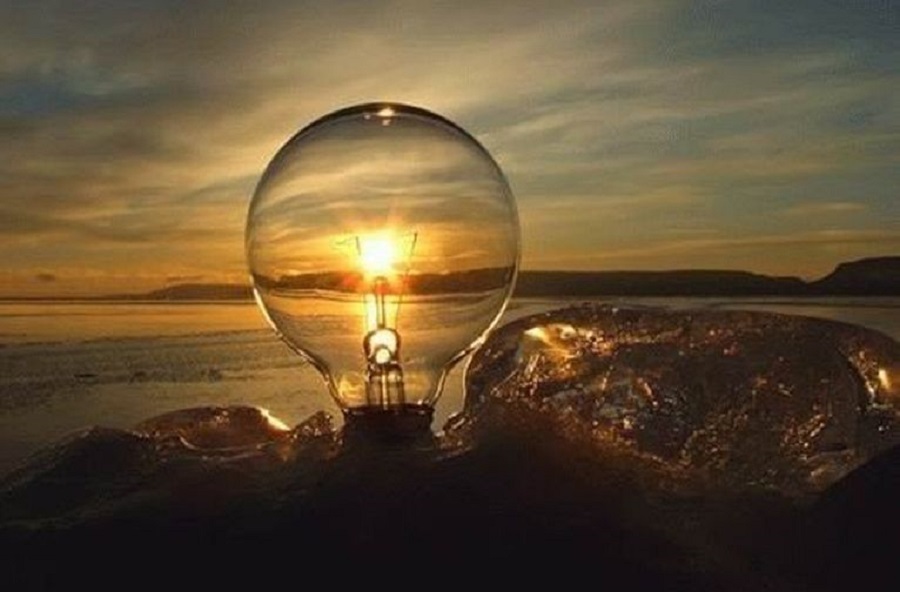RIO DE JANEIRO, BRAZIL – The hydroelectric crisis has led Brazil’s electricity imports to skyrocket. The lack of rainfall has forced Brazil to buy more energy from neighbors like Argentina and Uruguay, in contrast to fewer imports from Paraguay, whose Itaipu Binational power plant is also suffering from the shortage of water.
However, experts believe that this rate tends to decrease with the prospect of more rainfall, increased reservoir levels, and higher hydroelectric plant generation.

Data from the Ministry of Economy show that from January through October 2021 electricity purchase costs grew 63.8% compared to the same period last year.
This year’s scenario contrasts with last year’s, when electricity imports fell by 4.8% from January through October, compared to the same period in 2019. In the pre-pandemic year, electricity imports had dropped 11%.
The record high for electricity imports occurred in October this year, when Brazil bought US$344 million from its neighbors, surpassing the previous peak of February, when it bought US$311 million.
“The lack of rain, and the resulting water crisis, explains this scenario. Sales from Argentina and Uruguay only occur when prices are very high in Brazil, because in general these countries provide cheap generators for their domestic market and expensive ones for export,” says Roberto Brandão, researcher at the Federal University of Rio de Janeiro’s (UFRJ) Electricity Sector Study Group (Gesel).
Brandão says that up until 3 months ago Brazil only bought from Argentina and Uruguay when it stopped using an expensive thermoelectric plant locally to import the energy generated in a foreign one, which was cheaper.
“However, since then, we have started to use both the more expensive plants here and the expensive imported ones,” the researcher says, recalling that the hydrological situation in Brazil has improved in recent weeks.
Today Brazil buys less from Paraguay and imports record amounts from Argentina and Uruguay. Between January and October, Brazil bought US$670 million from Argentina, an increase of 7,503.9% compared to the same period last year. It also imported US$266 million from Uruguay, an increase of 3,784.8%, and US$1.08 billion from Paraguay, a drop of 10.8%.
The figures follow a trend that began last year, when Brazil imported US$34.6 million from Argentina, 1,183% more than in 2019, US$21.1 million from Uruguay, 18.4% more than the previous year, and US$1.45 billion from Paraguay, representing 3.1% less than a year earlier.
Consequently, energy from Argentina increased from 2.29% of the total energy imported in 2020 to 33.1% in the period from January through October this year, while Uruguay’s rose from 1.39% to 13.1%, and Paraguay’s fell from 96.3% to 53.8%. The imports, which accounted for 0.52% of the country’s consumption last year, today represent 1.01%, according to data from the Chamber of Energy Commercialization (CCEE).
Brazil has always imported from neighbors, which works as a backup for the country, according to experts, but it was somewhat lower. “We only contract surplus energy from these countries when we are truly in a dire situation,” says National Electric System Operator (ONS) former director Luiz Eduardo Barata.
This is because the price of the energy coming from Argentina and Uruguay is much higher than that of Itaipu. While the average tariff that distributors can pay for the energy coming from Uruguay this week can reach R$1,796 (US$320)/megawatt-hour (MWh), Argentina’s rate can be R$1,534.21/MWh, according to calculations based on ONS data.
In contrast, Itaipu’s average tariff is R$196.19/MWh, according to National Electric Energy Agency (ANEEL) former director Edvaldo Santana.
Last month ANEEL approved the tariff recomposition of the Araucária thermoelectric plants in Paraná, which run on gas, and Potiguar and Potiguar III in Rio Grande do Norte, which run on diesel. In the case of Araucária, the tariff is now R$2,553.20/MWh, while for Potiguar and Potiguar III it is R$1,379.89/MWh.
In the emergency energy auction for the contracting of electricity to be delivered to the system between May 2022 and December 2025, the average contract price of the thermal plants was R$1,563.61/MWh.
Barata says that Itaipu has lost the lead in the total amount of imported energy, because it has been facing similar issues to Brazil due to the lack of rainfall. The plant generated 79,445 GWh in 2019, 76,382 GWh in 2020 and 48,110 GWh from January through September this year, according to information on the Itaipu Binacional website.
“We have been experiencing a crisis for a few years now. Each time we overcome a difficult situation, instead of taking precautions, we think it will never happen again. But each year the conditions become more adverse than the year before,” Barata says.
However, the medium-term outlook is that Brazil will import less electricity from its neighbors. “It had been a long time since Argentina exported such large volumes of electricity to Brazil. This increased from 2020 to this point, but it is something conjunctural, which should not be sustained,” says Abeceb consulting firm director Gustavo Perego, in Buenos Aires.
According to Perego, the expectation is that between now and May or June, Argentina will export another US$300 million in electric energy to Brazil. “But from the second half of 2022 Brazil’s hydroelectric structure should begin to recompose itself, and this will lead to a decrease in our exports,” he argues.
In addition, Perego says that with the reform of the Brazilian electricity sector and the projection of greater production from gas-fired power plants, Argentina is expected to export less electricity and more gas to Brazil in the future.
“Our reservoirs are empty, we have to buy energy from anywhere,” says Brazilian Infrastructure Center (CBIE) president Adriano Pires. “But I don’t know if this will continue. In December the energy generated in the plants in the North will come, and this will start to reduce in April and May. For now, the low temperatures and low economic activity help, but it could be that we are contracting for next year.”

